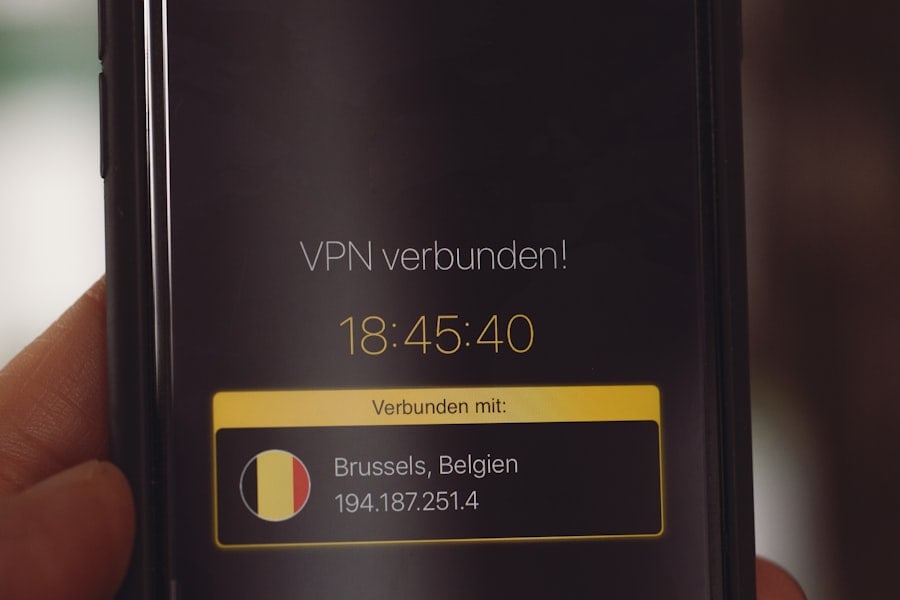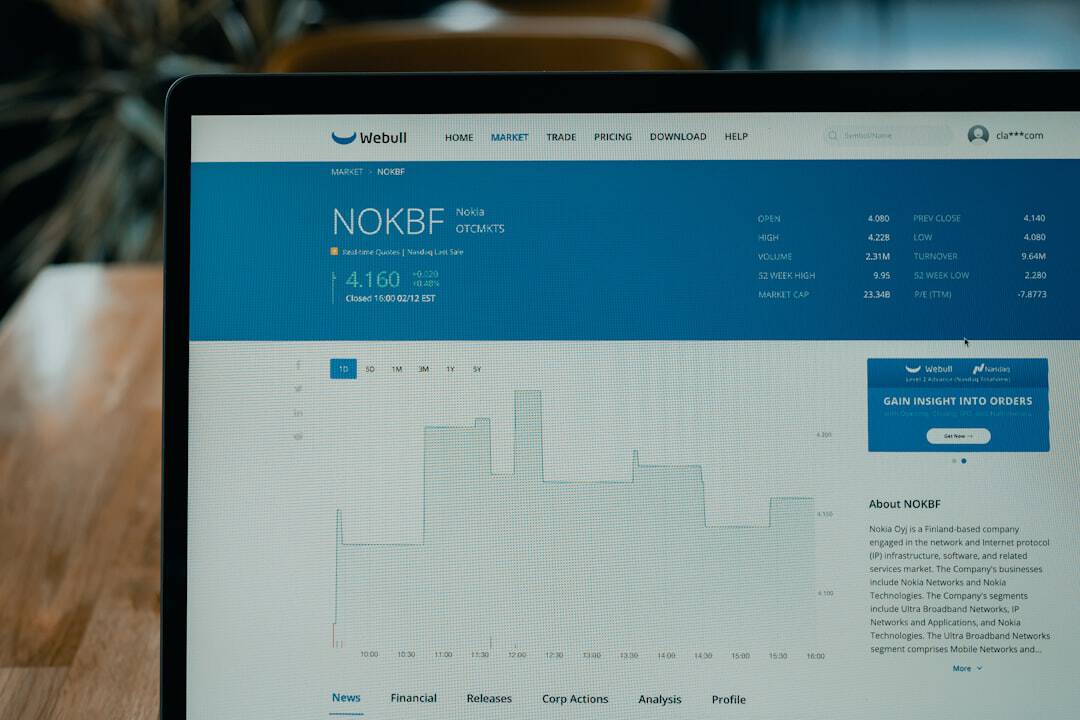Zero Trust Network Access (ZTNA) is a security model designed to address the limitations of traditional network security approaches. Unlike conventional security models that rely on perimeter-based defenses, ZTNA assumes threats can originate from both inside and outside the network. ZTNA focuses on verifying the identity of users and devices before granting access to applications and resources, regardless of their location.
ZTNA operates on the principle of least privilege, granting users access only to the specific resources necessary for their job functions. This approach minimizes the risk of unauthorized access and lateral movement within the network. ZTNA also incorporates continuous monitoring and adaptive access controls, ensuring that access privileges are dynamically adjusted based on user behavior and device security posture.
ZTNA shifts the security perimeter from the network edge to individual users and devices, creating a more granular and dynamic approach to access control. This shift reduces the attack surface and strengthens security posture, making ZTNA an ideal solution for modern, distributed work environments.
Key Takeaways
- ZTNA is a security model that verifies the identity and device security posture of every user before granting access to applications and resources.
- Implementing ZTNA can lead to improved security, reduced attack surface, and better user experience for remote and mobile users.
- Key features of ZTNA solutions include identity-based access control, continuous monitoring, and dynamic policy enforcement based on user behavior and context.
- ZTNA enhances security and privacy by providing secure access to applications without exposing them to the internet and by encrypting traffic between users and applications.
- Best practices for implementing ZTNA include conducting thorough risk assessments, defining access policies based on user roles, and regularly monitoring and updating security controls.
The Benefits of Implementing ZTNA
Implementing ZTNA offers a wide range of benefits for organizations looking to enhance their network security posture. One of the key benefits of ZTNA is improved security and privacy. By adopting a zero-trust approach to network access, organizations can significantly reduce the risk of unauthorized access and data breaches.
ZTNA’s focus on identity verification and least privilege access ensures that only authorized users and devices can access sensitive resources, minimizing the potential for insider threats and external attacks. Another benefit of implementing ZTNA is increased flexibility and scalability. Traditional network security models often struggle to accommodate the needs of remote and mobile users, as well as third-party vendors and partners.
ZTNA, on the other hand, enables secure access to applications and resources from any location, without the need for a traditional VPN. This flexibility allows organizations to support a distributed workforce and embrace cloud-based applications without compromising security. Furthermore, ZTNA can also improve user experience by providing seamless and secure access to resources.
With ZTNA, users can access the applications and data they need without being hindered by complex and cumbersome security measures. This not only enhances productivity but also reduces the likelihood of users circumventing security controls in favor of convenience.
Key Features of ZTNA Solutions

ZTNA solutions typically offer a range of key features that enable organizations to implement a zero-trust approach to network access. One of the core features of ZTNA solutions is identity-based access control. This feature ensures that users and devices are authenticated and authorized before being granted access to applications and resources.
By verifying the identity of users and devices, organizations can enforce least privilege access and reduce the risk of unauthorized access. Another key feature of ZTNA solutions is dynamic access controls. These controls enable organizations to adapt access privileges based on contextual factors such as user behavior, device posture, and the sensitivity of the resource being accessed.
This dynamic approach ensures that access privileges are continuously adjusted to align with the organization’s security policies and the evolving threat landscape. Additionally, ZTNA solutions often incorporate encryption and micro-segmentation to further enhance security. Encryption helps protect data as it traverses networks, while micro-segmentation limits lateral movement within the network by isolating applications and resources from each other.
These features work together to create a robust security posture that aligns with zero-trust principles.
How ZTNA Enhances Security and Privacy
| Metrics | Data |
|---|---|
| Reduced Attack Surface | By implementing ZTNA, organizations can reduce their attack surface by providing access only to authorized users and devices. |
| Enhanced Privacy | ZTNA ensures that user and device identities are verified before granting access, enhancing privacy and preventing unauthorized access. |
| Improved Data Protection | With ZTNA, data is protected by ensuring that access is granted based on user and device identity, reducing the risk of data breaches. |
| Strong Authentication | ZTNA provides strong authentication mechanisms, such as multi-factor authentication, to ensure that only authorized users can access resources. |
ZTNA enhances security and privacy by shifting the focus from perimeter-based defenses to individual users and devices. By verifying the identity of users and devices before granting access, ZTNA reduces the risk of unauthorized access and lateral movement within the network. This approach minimizes the attack surface and strengthens security posture, making it more difficult for attackers to compromise sensitive resources.
Furthermore, ZTNA’s emphasis on least privilege access ensures that users only have access to the specific resources they need to perform their job functions. This minimizes the potential impact of insider threats and reduces the risk of data breaches. Additionally, ZTNA’s dynamic access controls enable organizations to adapt access privileges based on contextual factors, further enhancing security by aligning access privileges with the organization’s security policies and the evolving threat landscape.
In terms of privacy, ZTNA helps protect sensitive data by encrypting traffic as it traverses networks. This encryption ensures that data remains secure, even if it is intercepted by unauthorized parties. Additionally, micro-segmentation limits lateral movement within the network, further protecting sensitive resources from unauthorized access.
Best Practices for Implementing ZTNA
When implementing ZTNA, organizations should follow a set of best practices to ensure a successful deployment. One best practice is to conduct a thorough assessment of existing network infrastructure and security policies. This assessment will help identify potential gaps in security posture and ensure that ZTNA is implemented in a way that aligns with the organization’s specific needs and requirements.
Another best practice is to prioritize user experience when designing ZTNA policies and controls. While security is paramount, it’s important to ensure that ZTNA does not hinder user productivity or create unnecessary friction. By prioritizing user experience, organizations can encourage compliance with security policies and reduce the likelihood of users circumventing security controls.
Additionally, organizations should consider integrating ZTNA with other security technologies and solutions to create a comprehensive security posture. This may include integrating ZTNA with identity and access management (IAM) solutions, endpoint security controls, and threat intelligence platforms. By integrating these technologies, organizations can create a layered defense that addresses a wide range of security threats.
ZTNA differs from traditional network security approaches in several key ways. One of the primary differences is the focus on identity-based access control. While traditional network security models often rely on perimeter-based defenses such as firewalls and VPNs, ZTNA focuses on verifying the identity of users and devices before granting access to applications and resources.
This shift from perimeter-based defenses to individual users and devices creates a more granular and dynamic approach to access control. Another difference is the emphasis on least privilege access. Traditional network security models often grant broad access privileges to users, which can increase the risk of unauthorized access and lateral movement within the network.
In contrast, ZTNA enforces least privilege access, ensuring that users only have access to the specific resources they need to perform their job functions. This minimizes the attack surface and reduces the potential impact of insider threats. Furthermore, ZTNA offers greater flexibility and scalability compared to traditional network security models.
Traditional approaches often struggle to accommodate remote and mobile users, as well as third-party vendors and partners. ZTNA, on the other hand, enables secure access to applications and resources from any location without the need for a traditional VPN, making it well-suited for modern, distributed work environments.
The Future of ZTNA and Network Access Security

The future of ZTNA looks promising as organizations continue to embrace modern work environments characterized by remote work, cloud-based applications, and mobile devices. As these trends continue to evolve, traditional network security models will become increasingly inadequate at addressing the security challenges posed by distributed work environments. In response to these challenges, organizations are likely to increasingly adopt ZTNA as a means of enhancing their network security posture.
This shift towards ZTNA will be driven by the need for a more granular and dynamic approach to access control that aligns with zero-trust principles. Furthermore, advancements in technology such as artificial intelligence (AI) and machine learning (ML) are likely to play a significant role in shaping the future of ZTNThese technologies can be leveraged to enhance user authentication processes, detect anomalous behavior, and adapt access controls in real-time based on contextual factors. Overall, as organizations continue to prioritize security in an increasingly complex threat landscape, ZTNA is poised to become a foundational element of network access security in the future.
Its ability to provide granular access control, enhance user experience, and adapt to evolving security threats makes it an essential component of modern cybersecurity strategies.
If you’re interested in learning more about the future trends and innovations in the metaverse, you should check out this article on emerging technologies shaping the metaverse. It provides valuable insights into the potential advancements that could impact the development of Zero Trust Network Access (ZTNA) in the metaverse.
FAQs
What is ZTNA?
ZTNA stands for Zero Trust Network Access. It is a security framework that requires all users, whether inside or outside the network, to be authenticated, authorized, and continuously validated before being granted access to applications and data.
How does ZTNA work?
ZTNA uses a “never trust, always verify” approach to security. It verifies the identity and device posture of the user before granting access to specific applications or data. This is done through a combination of user and device authentication, continuous monitoring, and dynamic access policies.
What are the benefits of ZTNA?
Some of the benefits of ZTNA include improved security posture, reduced attack surface, better user experience, and the ability to enforce access policies based on user and device attributes.
Is ZTNA the same as VPN?
No, ZTNA is not the same as VPN (Virtual Private Network). While both technologies provide secure access to applications and data, ZTNA offers a more granular and dynamic approach to access control, whereas VPNs typically provide broader network access.
Who can benefit from implementing ZTNA?
Any organization that wants to improve its security posture and reduce the risk of unauthorized access to its applications and data can benefit from implementing ZTNA. This includes businesses of all sizes, government agencies, and other institutions that handle sensitive information.











Leave a Reply